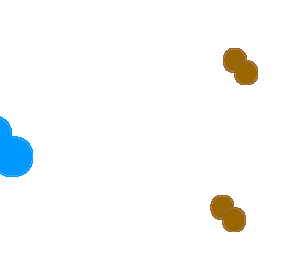Demonstration
The making of water
This an excellent demonstration to:
- reveal the amount of energy
that is released when water is formed.
- show the formation of a compound (water) from the elements hydrogen
and oxygen.
- show the importance of adding the reactants in the right proportion.
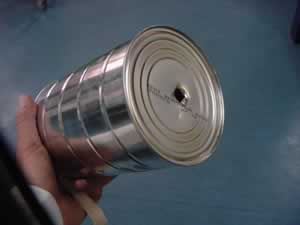
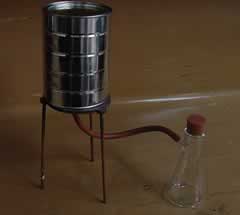
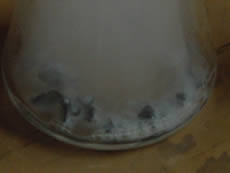
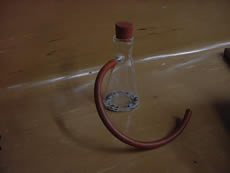
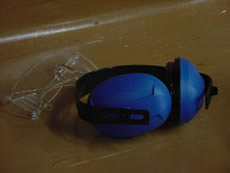
Use a lit candle taped to the
end of a one metre stick. Place the flame under the hole at the base of
the tin. The explosion that results is powerful, so instruct students to
stand back 8 metres and to place their fingers in their ears. This is best
conducted outdoors.
Click to see a 120 Kb video of the reaction.
The flame increases the speed of the molecules so more violent collisions occur that cause the molecules to break apart into atoms and recombine into water.
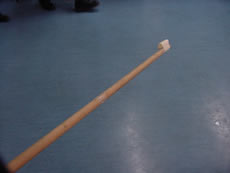
If the can is filled to capacity with hydrogen, by allowing the hydrogen gas to build up over a period of 5 minutes, the reaction is slow and not as spectacular as when there is oxygen mixed in with the can. This can be used to demonstrate the importance of mixing the reactants in the right proportion. Click to see 0.5 Mb video of the reaction with excess hydrogen. This is certainly not as spectacular as the previous demonstration. The hydrogen continues to burn slowly inside the tin. Opening the tin allows oxygen to enter and the hydrogen burns brighter. Click to see a 0.9 Mb video of the reaction with excess hydrogen. Notice the low rate of reaction as oxygen enters the can slowly to react with the hydrogen.
Teachers should conduct this
demonstration on there own first before demonstrating to students.
Ask students to explain:
Where did the energy released in the explosion come from?
What are the properties of
hydrogen gas that made it useful as a fuel for the Space Shuttle?
At normal temperatures hydrogen gas and oxygen gas do not react with each other. However when a flame is brought into contact with the mixture of gases an explosion occurs. Explain why.
What does the flame do to the molecules of hydrogen and oxygen?
What must occur before a reaction takes place?
When a ribbon of magnesium metal reacts with sulfuric acid it forms
What happens when we have too much hydrogen in the tin and not enough oxygen?
